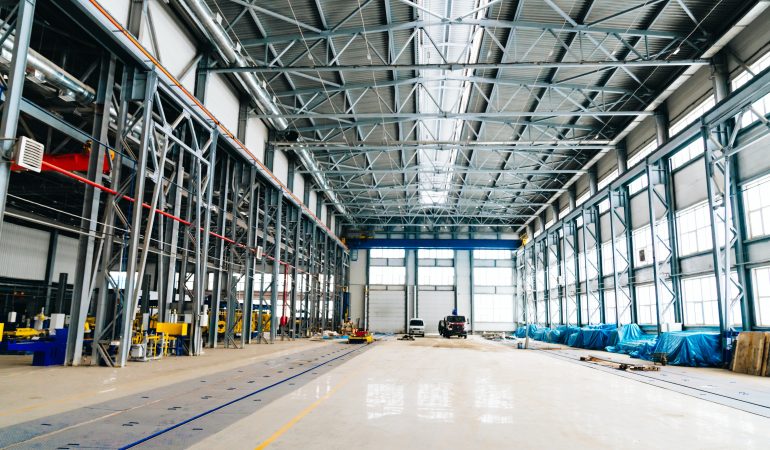
Why the Warehouse Supply Continues to Disappoint the Demand
Dec 13, 2021


Warehouse demand is at an all-time high and industrial vacancies are at their lowest point in nearly two decades at 5.3 percent, according to JOC.com’s data hub. Yet, building of warehouse space throughout the country is not keeping up with this demand. Why?
Simply put, the costs to secure the land, build, and then find a tenant does not make economic sense in most markets. Rents for warehouse spaces have remained relatively flat throughout the country until recently.
E-commerce fulfillment is a big reason why the demand for warehouses and distribution centers has increased of late, representing 40 percent of leasing of industrial properties today, according to a recent report from Jones Lang LaSalle.
In California, warehouse rents are doubling and in some cases tripling due to the legalization of marijuana. Warehouse spaces that used to sell at .50-.75 cents a square foot is now selling at $2.00 a square foot. In markets like Santa Rosa, California landlords are advertising two prices –$1.25 for non-marijuana use and $2.00 a foot for marijuana use. According to a CBRE article, 4.2 million sq. ft. of Denver, Colorado’s industrial market in Q4 2016 was occupied by marijuana growers.
Of course, at $2.00 a foot, it would make sense to build warehouses. The challenge we’re really seeing is that marijuana remains illegal on a federal basis. As a result, non-conventional funding sources from banks to hand out loans used to build warehouses are not allowed to support buildings that house marijuana.
In addition, if a landlord decides to add a marijuana tenant in their building, even if they had no loan on that particular building, their banks could legally take away any other loans on other properties owned by that landlord since they have illegal use in one of their properties.
In California, the marijuana demand has made it far more expensive for true warehouse users to not only find space, but to keep the space they have. In Santa Rosa, the Alhambra Water company will not have their lease renewed in favor of their current landlord wanting to add a marijuana cultivation operation in its place.
Unfortunately, the county is certainly not motivated to do anything but allow the expansion of marijuana. The fee structures established for marijuana cultivation is adding millions to the city. Until there is financing available to build marijuana cultivation warehouses, rents will continue to skyrocket.
What happens to the cost of basic services if businesses have to find warehouses further and further away from their marketplace in order to store their products? They will have to commute farther to bring their products to their marketplaces, making the warehouse location not only a hassle, but more expensive for the business.
Amazon is looking to build “super warehouses” across the country in order to meet their expected demand for their online products and now food with the recent acquisition of Whole Foods. As a result, there are different types of warehouse usages cropping up, such as indoor soccer fields, large gyms, and other sports facilities that are looking to reinvent their properties.
Local county and state planning is essential to provide quick decisions on warehouse development so that warehouse construction can happen and meet this demand. If not, the consumer in the end will be paying for it with much higher product costs and potentially face shortages in food and other basic product needs.
Photo Credit: VisitEstonia Flickr via Compfight cc
Written by: Hans Hansson [email protected]
Hans Hansson is President of Starboard Commercial Real Estate. Hans has been an active broker for over 35 years in the San Francisco Bay Area and specializes in office leasing and investments. If you have any questions or comments please email [email protected] or call him at (415) 765-6897. You may also check out his website, https://www.hanshansson.com





